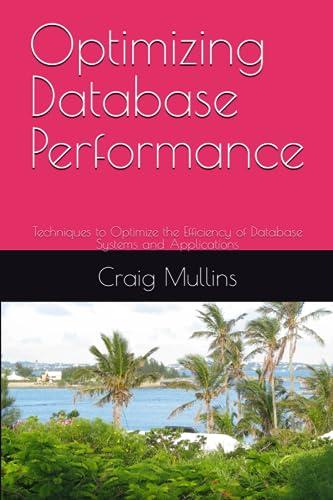Question
1. What important part of the process switch operation is not shown in Figure 3.4? 2. What is the operational difference between single-threaded and multi-threaded

1. What important part of the process switch operation is not shown in Figure 3.4?
2. What is the operational difference between single-threaded and multi-threaded processes? i.e., how does it change the usage of each?
3. What kinds of operations take advantage of threads? Think of depth and breadth.
1).consider task parallelism
2).consider data parallelism
4.What is the difference between Many to One, One to One, and Many to Many models?
1).What are the benefits and constraints of each of these?
2).Provide examples of each of these
3).How does the two-level model help thread operations?
process Po operating system process P interrupt or system call executing save state into PCBo idle reload state from PCB1 dle interrupt or system call executing save state into PCB1 idle reload state from PCB0 executing Figure 3.4 Diagram showing CPU switch from process to process
Step by Step Solution
There are 3 Steps involved in it
Step: 1

Get Instant Access to Expert-Tailored Solutions
See step-by-step solutions with expert insights and AI powered tools for academic success
Step: 2

Step: 3

Ace Your Homework with AI
Get the answers you need in no time with our AI-driven, step-by-step assistance
Get Started


